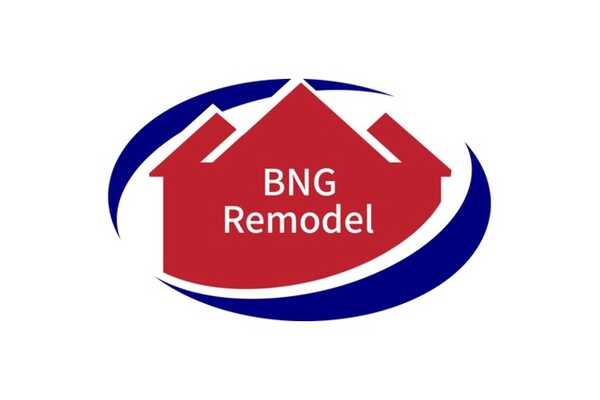How to Heat Tile Floors After Installation
If you’re exploring ways to heat tile floors after installation, it’s essential to choose the most suitable system for your home. Whether you’re seeking comfort, energy efficiency, or both, understanding your options can help you make an informed decision. By evaluating your budget, the area to be heated, and temperature control needs, you can ensure long-lasting warmth. For homeowners working with local home remodelers in Nashville , this guide offers practical advice on selecting, installing, and maintaining heating systems for tile floors.
Selecting the Right Heating System Choosing the ideal heating system involves balancing cost, functionality, and efficiency. Electric radiant heating systems are a popular choice for small to medium spaces due to their straightforward installation and consistent heat distribution. These systems utilize cables or mats beneath tiles, providing uniform warmth.
For larger spaces, hydronic heating systems may be more efficient. These systems circulate heated water through pipes beneath the flooring, ensuring even heat across larger areas. While installation costs for hydronic systems can be higher, they often deliver lower long-term energy expenses.
Consider advanced features like smart thermostats for better temperature control and energy management. These devices allow you to schedule heating remotely, ensuring comfort while minimizing waste.
Preparing the Subfloor for Heating A properly prepared subfloor is crucial for the effective operation of a heating system. Begin by thoroughly cleaning the subfloor to remove debris, dust, and any remnants of previous flooring. Repair cracks and ensure the surface is level, as an uneven subfloor can lead to inefficiencies and potential damage to heating elements.
Moisture levels must also be monitored closely. Use a moisture meter to confirm that levels fall within the manufacturer’s recommendations. Installing insulation beneath the heating system can further enhance energy efficiency by minimizing heat loss.
By investing time in preparing the subfloor, you can maximize the performance and lifespan of your radiant heating system.
Installing the Radiant Heating System Proper installation is vital to achieving optimal results with a radiant heating system. Follow these steps to ensure success:
Plan the Layout: Create a detailed map of the heating element placement, accounting for room shape, furniture locations, and any obstacles. Secure the Heating Elements: Use approved fasteners or adhesives to affix the elements, ensuring they are evenly spaced to avoid cold or hot spots. Connect Wiring: Carefully link the heating elements to the power source as outlined in the manufacturer’s instructions. Verify all connections for safety. Test the System: Before laying tiles, test the heating system to confirm functionality. Address any issues during this phase to prevent complications later.
Programming and Operating the Thermostat An effectively programmed thermostat enhances the comfort and efficiency of your heating system. Begin by setting the date and time to ensure accurate scheduling. Create a heating schedule that aligns with your daily routine, increasing temperatures during active hours and reducing them during sleep or absences.
Utilize the thermostat’s zoning features if available. These allow you to control temperatures in different areas independently, saving energy and optimizing comfort. Avoid frequent manual adjustments, as this can lead to unnecessary energy consumption.
Regularly review and tweak your settings to adapt to seasonal changes or shifts in your routine. Monitoring energy usage through the thermostat’s interface can help you identify opportunities for further efficiency improvements.
Maintaining and Troubleshooting Heating Systems Consistent maintenance ensures your heating system operates effectively for years to come. Here are some key steps to keep your system in top condition:
Clean Heating Elements Regularly: Dust and debris can accumulate over time, reducing efficiency. Keep elements clean as part of routine care. Inspect for Leaks and Damage: Examine pipes, connections, and system components for signs of wear or leaks. Prompt repairs can prevent further issues. Calibrate the Thermostat: Verify the accuracy of your thermostat’s temperature readings. If needed, recalibrate or replace it to maintain consistent heating. Schedule Professional Inspections: Annual check-ups by a qualified technician can identify and address potential problems before they escalate. Routine maintenance ensures your heating system continues to perform efficiently while extending its lifespan.
Other Bathroom Remodeling Tips:
What Do I Need for Tile Installation How to Square a Room for Tile Installation
The post How to Heat Tile Floors After Installation appeared first on BNG Home .

BNG Remodel
Posted on November 12th, 2024











